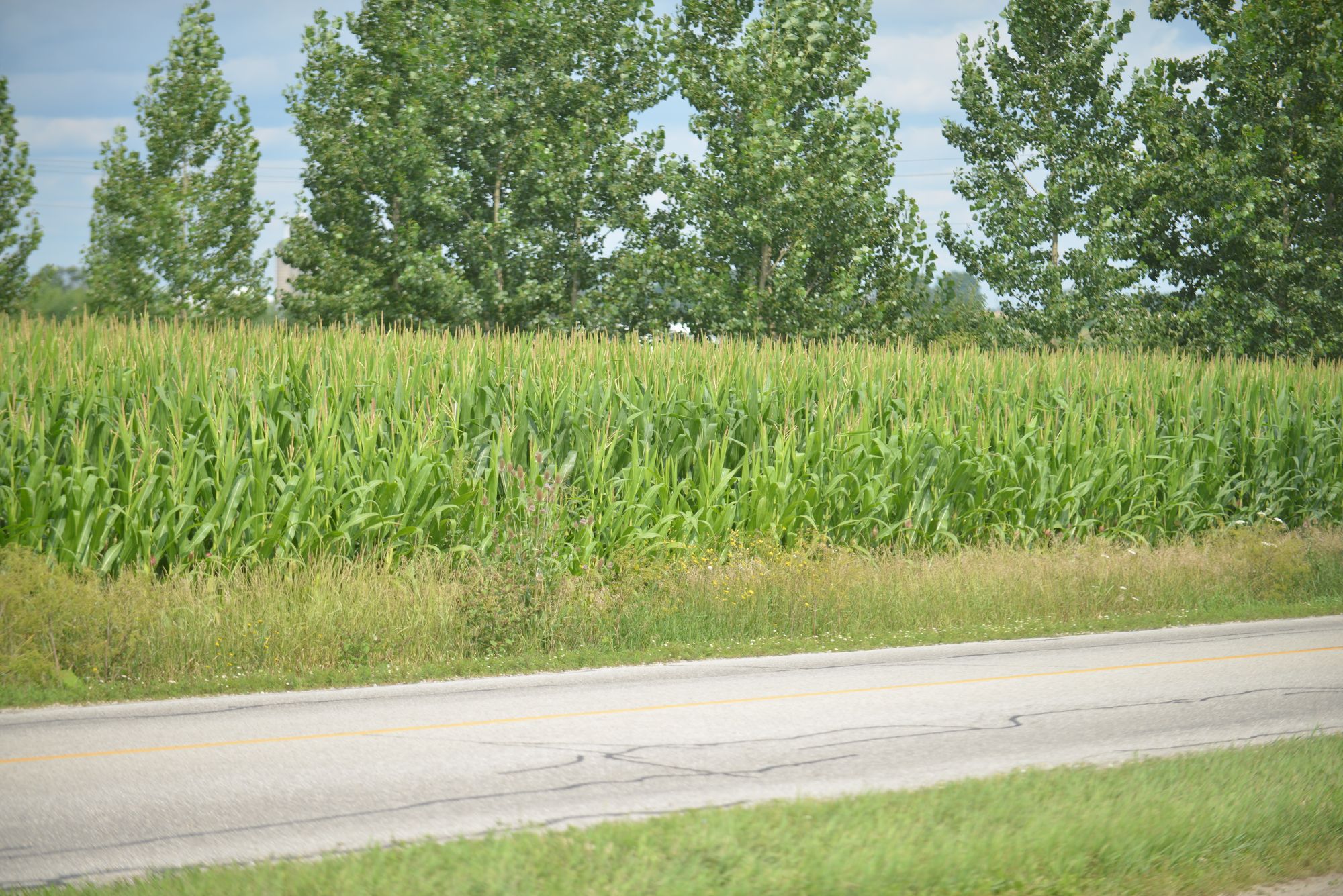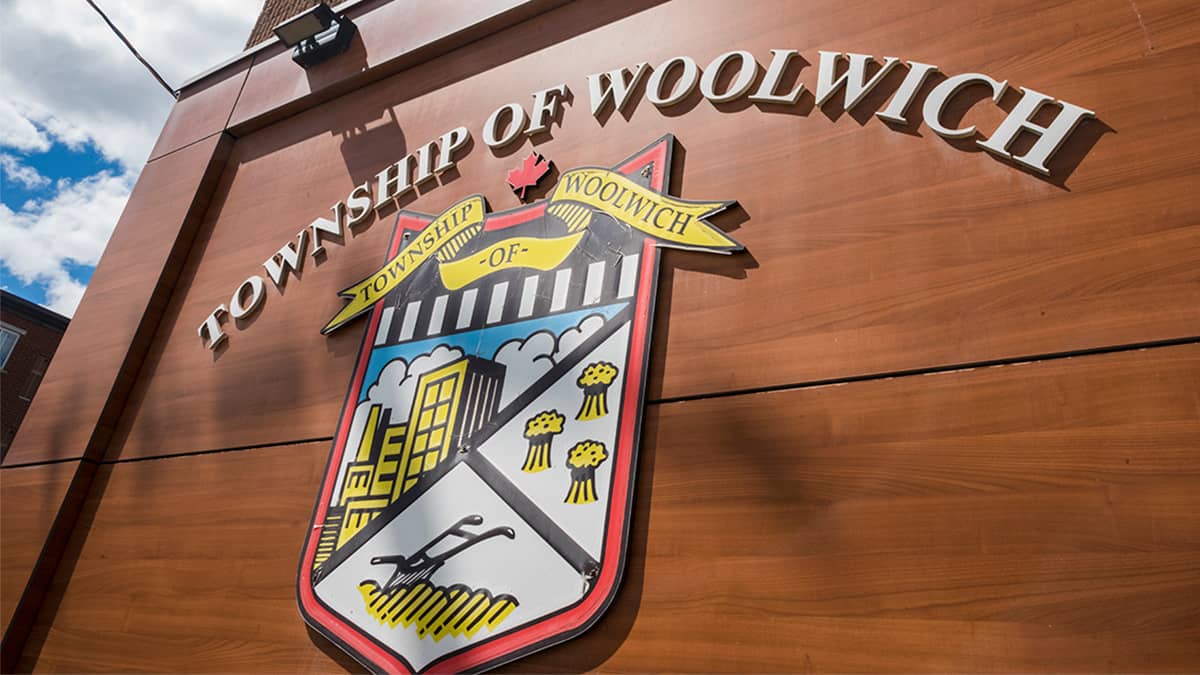While farmers in southwestern Ontario have indicated that the growing season is going well so far, they have had to contend with several factors outside their control. That includes things such as inflation and increased labour costs, as well as higher than usual fertilizer costs due to the 35 per cent tariff on all products from Russia and Belarus put in place by the federal government last year.
According to Mark Reusser, vice-president of the Ontario Federation of Agriculture (OFA), the average price of fertilizer went up by about 30 per cent last year. Although most fertilizer retailers and wholesalers have found other sources, allowing the price to come down, the average price is still above where it was prior to Russia’s invasion of Ukraine.
“I would say it’s irritating to farmers that a tariff has been put on an input for growing food, which can’t help, but at least in some way make food more expensive,” the Waterloo Region-based farmer said.
Farmers are also feeling the pinch of inflation and higher labour costs, Reusser added.
“Not only are labour costs going up but there is difficulty in obtaining labour. In an economy where everyone is working who wants to, there’s competition for labour. And as a consequence, the cost of labour goes up.…We’re very thankful that the offshore workers are available to help, especially with regard to vegetables and fruits. Without them, we wouldn’t be able to farm,” he said.
Nic Weber, president of the Waterloo chapter of the OFA, said that farmers are taking steps to adapt, including by diversifying what they grow.
“This has been a lot more, this trend for diversified farm businesses and such, which does kind of help offset some of [those costs]. So it is kind of a unique thing for this part of the world... compared to farming other parts of Ontario,” he said.
Region farmers have also had to contend with extremes in weather, with an unusually dry May and June were followed by a very wet July. According to Environment and Climate Change Canada, the region saw 47 mm of rain in May and 59.5 mm in June-a month which averages 82.4 mm. July, by contrast, saw 166.5 mm of rain, well above the average of 98.6.
The dry start to the season particularly impacted the first cut of hay; however, things have balanced out now, Weber said.
“Depending on when they cut there was a lot of variation there but because it was a fairly dry start to the season it did impact a little bit there but now late in the season here we’ve had a fair amount of rain and anything that would have been a loss has kind of evened out,” said Weber.
Most farmers prefer a too-wet season to a too-dry one because that means crops are still growing, Weber explained.
“It would be more challenging getting them off. But if it’s too dry, things just don’t grow very well at all, Then you’re relying a lot more on other measures to try and get water to crops, which is not what we’re typically set up for in this region,” he said.
The rain, along with higher rivers and creeks, is a welcome change, and a relief to vegetable farmers, particularly those south of the region, said Reusser.
“That’s kind of nice to get some natural rainfall without having to go to the trouble of pumping and using diesel fuel to pump water and the general work involved in moving pipes around,” he said
If things hold, Weber expects good yields at season’s end.
“But again, it all depends on the weather.”









